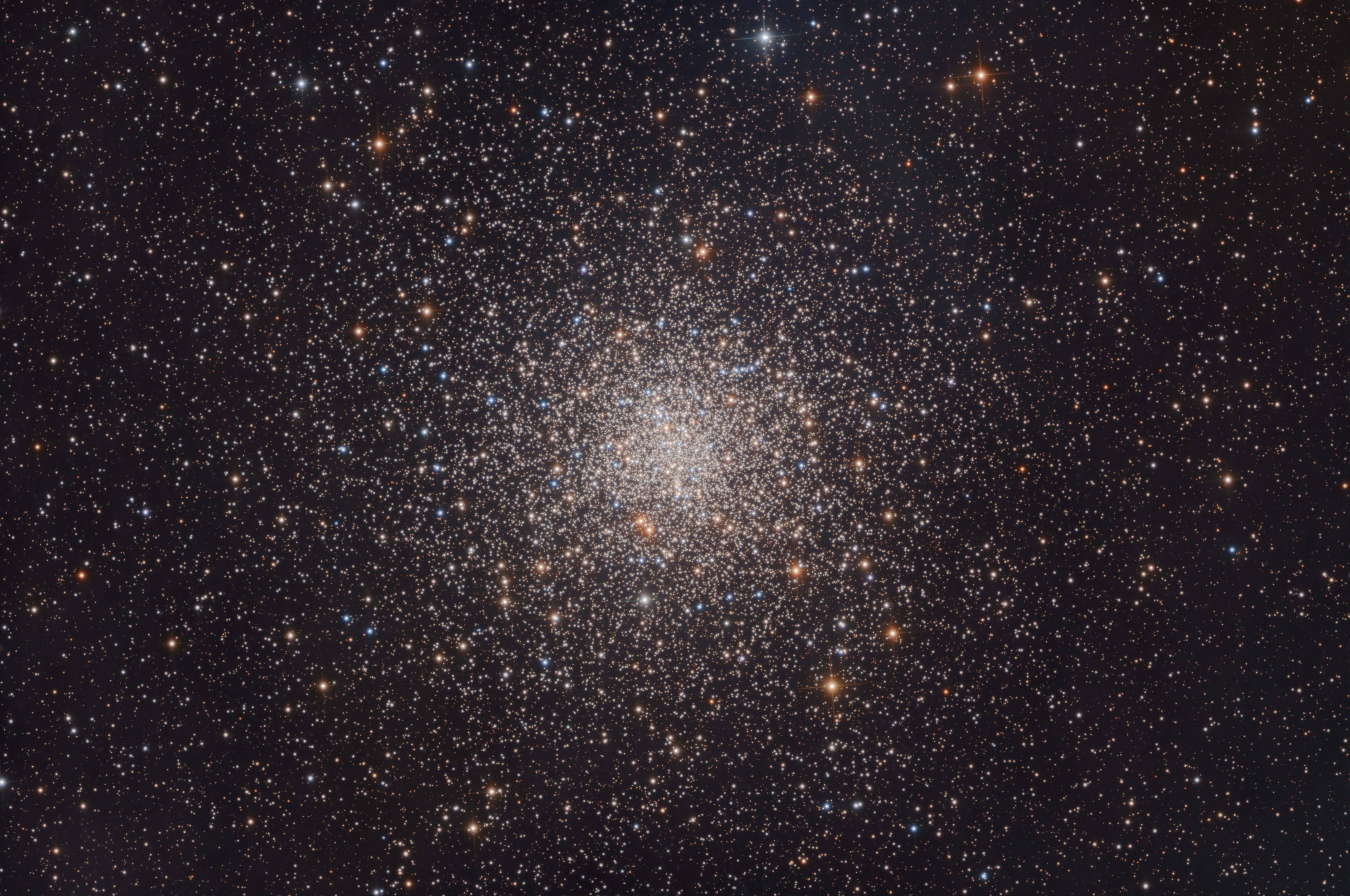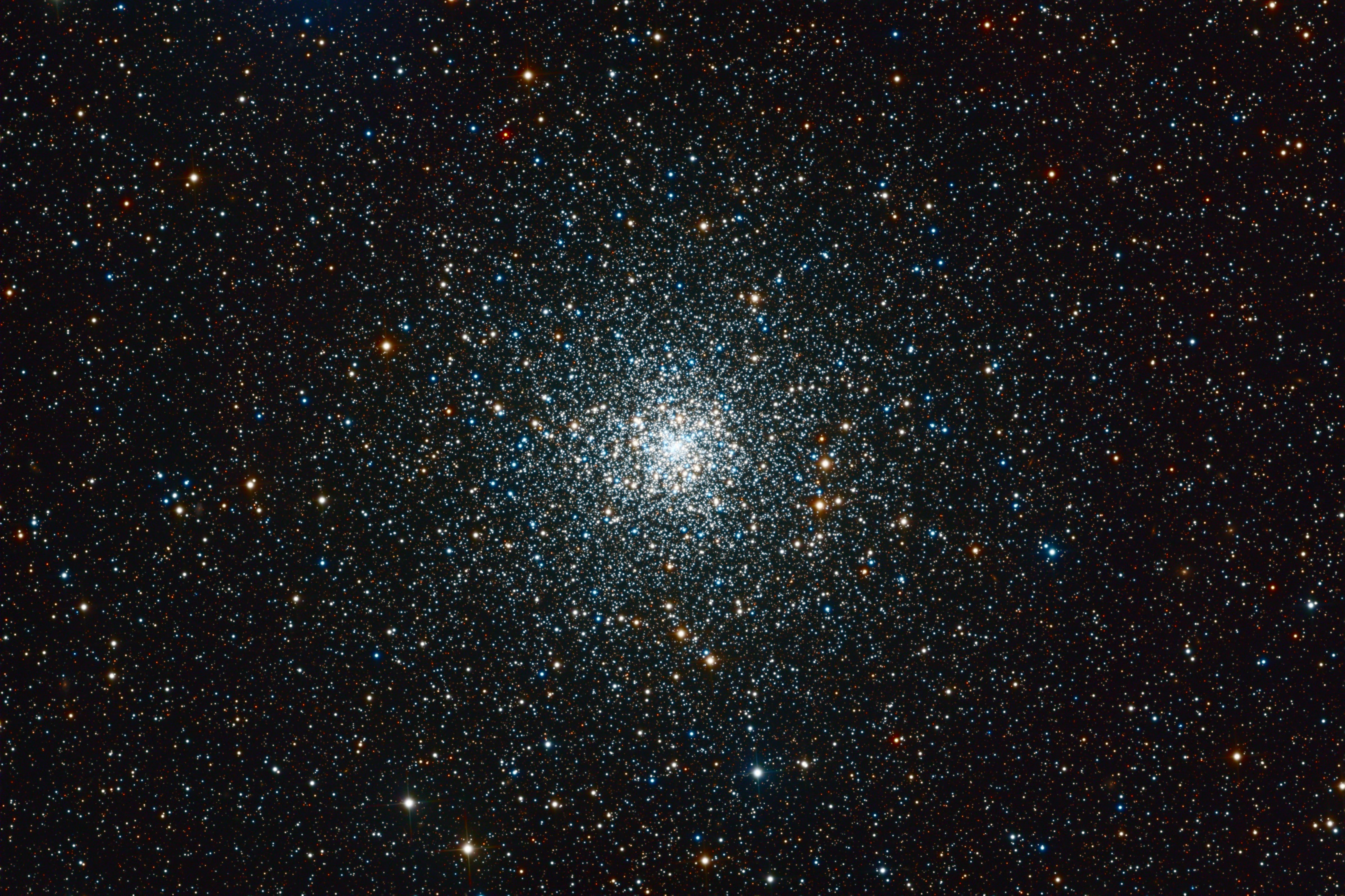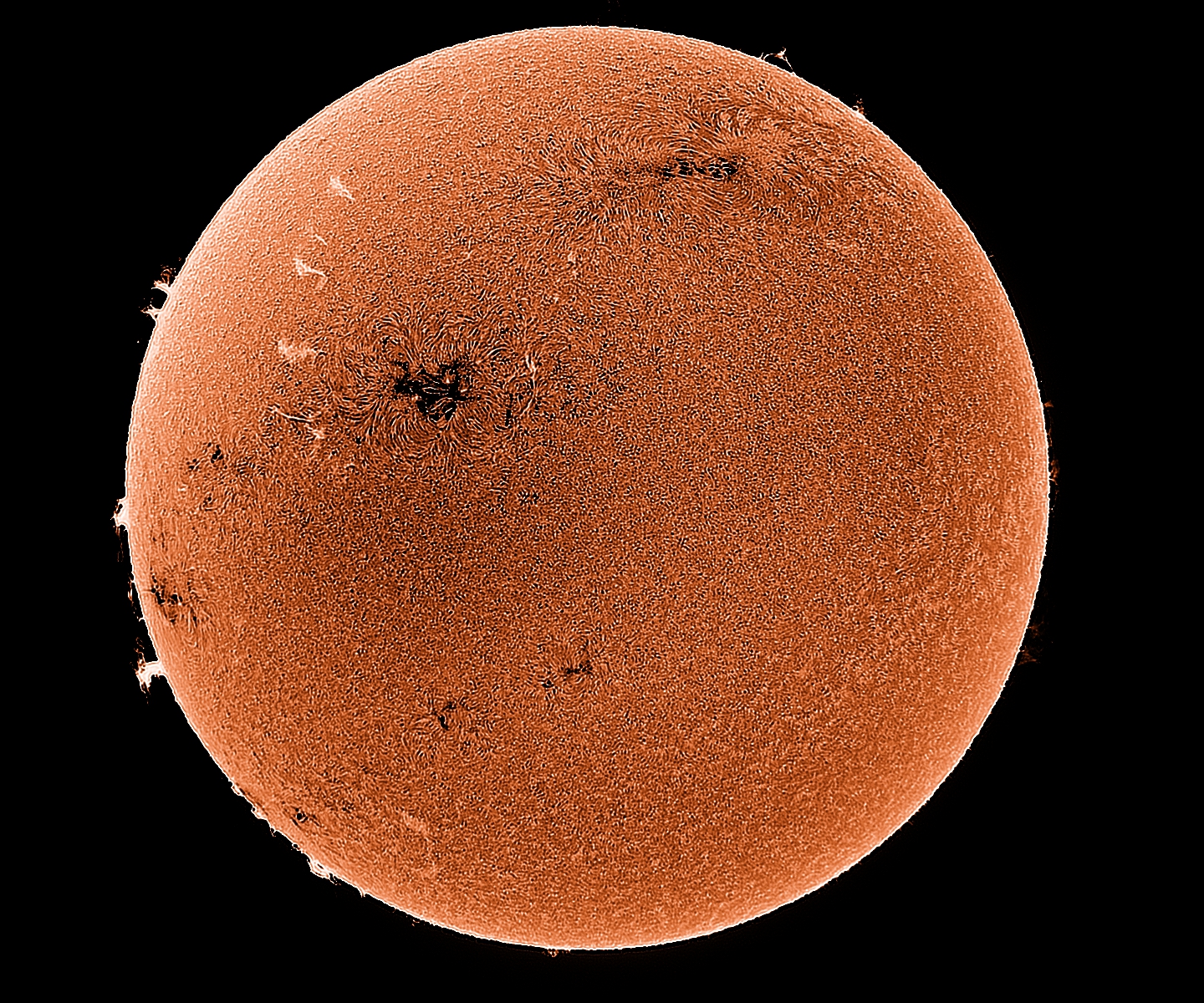| Clusters,
Planets and Comets - 1 |
Clusters,
Planets and Comets - 2 |
 |
 |
Sol
Our sun is a fascinating celestial object. It s gravity holds our solar system together.
As the center of the solar system, it is a
sphere of hot plasma, heated by nuclear fusion in its core.
On the surface, the temperature is 5500
degrees celsius (9932 Fahrenheit).
At 4..6 billion years old it is a
middle-aged G-type star and sits 92.96 million miles away
from Earth.
Its light takes about 8.3 minutes to travel
to us. About 1,300,000 Earths will fit into it.
Some of the prominent features of the Sun
that you'll see on the Sol page are listed below.
Except as noted all images Copyright © by Ron Yelton and may not be used without permission.
Except as noted all images Copyright © by Ron Yelton and may not be used without permission.
